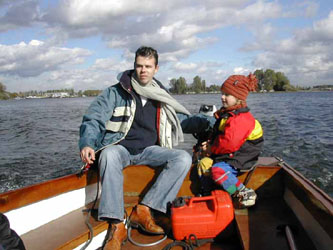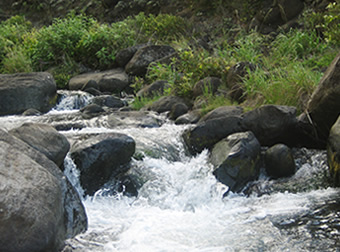700 million international tourists per year and 500 billion dollars in annual receipts make tourism one of the biggest industries in the world, with a correspondingly serious environmental footprint.

During the 1970s, only 1 person in 13 from industrial countries had travelled to a developing country as an international tourist. By the end of the 1990s it was 1 in 5.
Read more



